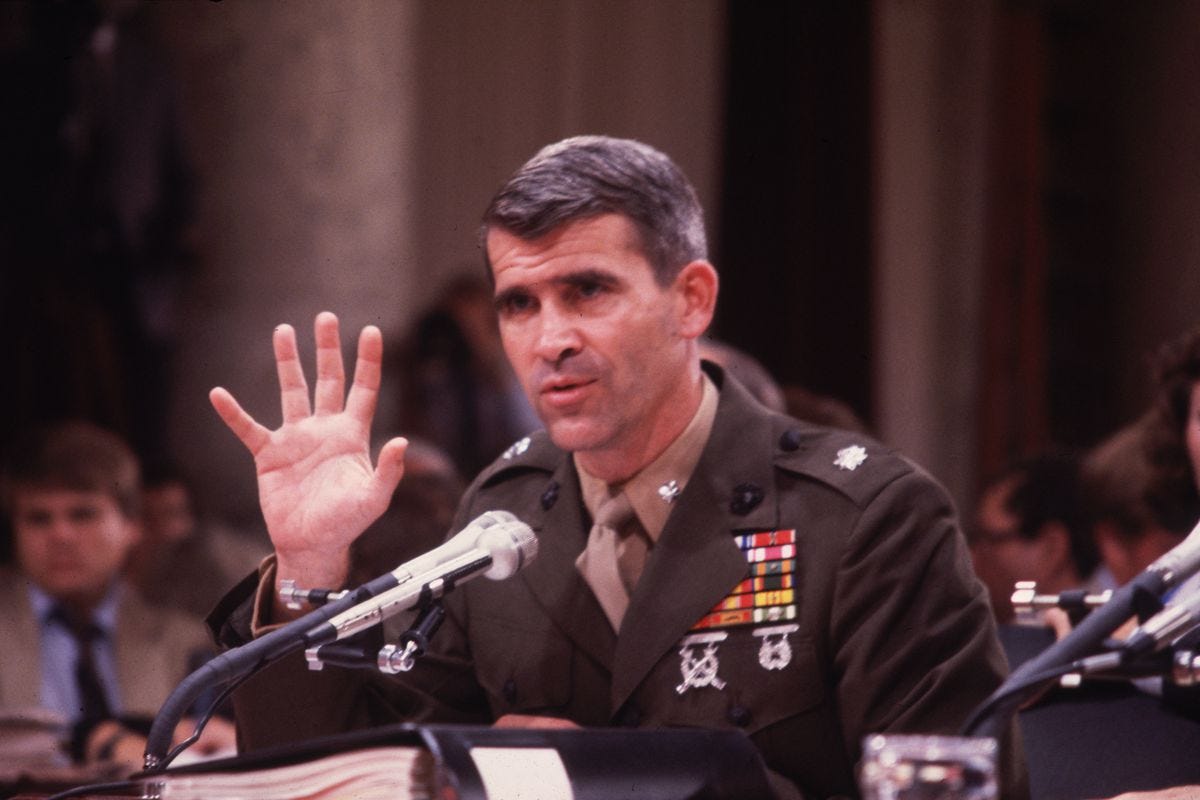Member-only story
The Real Story of the Iran-Contra Affair

The Cold war began in 1947. It was an era when geopolitical tension between the then Soviet Union and the United States and their loyal allies, the Eastern Bloc and the Western Bloc existed. The two world powers were in embattlement between 1947 and 1991.

By the 1980s, the Cold War was still going strong. During Ronald Reagan’s 1980 presidential campaign, he promised to send the CIA to assist anti-communist insurgencies around the world.
The Reagan Administration had a keen interest in right-wing rebel groups called Contras. In Nicaragua, the groups were battling against Castro’s Cuban Communist group, the Sandinistas who came into power in 1979. Reagan likened these rebels to the United States’ founding fathers. Now at the time, the U.S. had a good relationship with Iran and the reigning Shah, Mohammad Reza Pahlavi, before the Iranian revolution. We’ll get to Iran in just a moment. Let’s continue with the Contras first.

The problem with the Contras was that their funding came from the popular cocaine trade of the 1970s. In 1982, the Democratic Congress Representative from Massachusetts, Edward Boland, authored the Boland Amendment which was part of the House Appropriations Bill of 1982, which was attached as a rider to the Defense Appropriations Act of 1983. The House of Representatives passed the Defense Appropriations Act unanimously on December 8, 1982, and it was signed by President Ronald Reagan on December 21, 1982. The amendment restricted the CIA and the DoD from providing funds to the Contras to overthrow the Nicaraguan government while allowing assistance for other purposes.

Although, President Reagan had another agenda. He ordered his National Security Advisor, Robert McFarlane, to assist the Contras despite the bill. MacFarlane then sought and found an opportunity…
